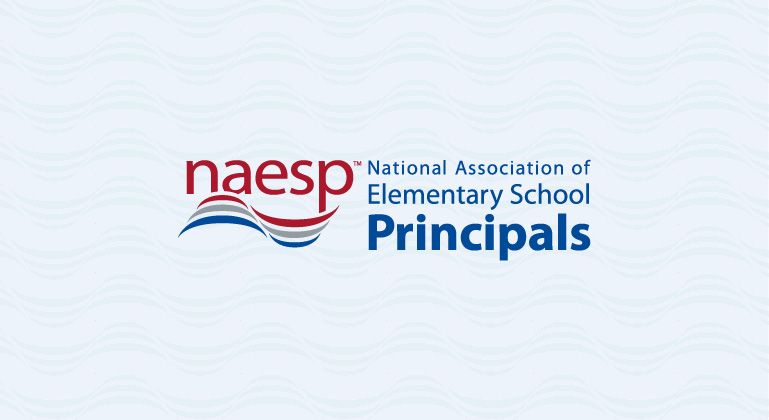Senate Republicans Introduce School Reopening Funding Bill—With Strings Attached
The proposed coronavirus relief package falls far short of NAESP's requested levels, and withholds a significant portion of funding based on a district's reopening plan.
On July 27, Senate Republicans introduced a coronavirus relief package—the Health, Economic Assistance, Liability Protection and Schools Act (HEALS Act)—which includes $70 billion in funding for K-12 school reopenings, falling far short of NAESP’s request for $175 billion. The HEALS Act funding comes with significant strings attached. Under the proposal, one-third of the funding (around $23 billion) would go to school districts to support reopening schools, no matter their mode for reopening. The remaining two-thirds (around $46 billion), however, would be contingent on a district providing in-person instruction. To be eligible for a portion of the $46 billion, a district would need to submit a reopening plan to their state’s governor that shows it will provide in-person instruction for at least half of the students for at least half of each school week. If the district provides in-person instruction for less than half of students or for less than half of each school week, the district would only be eligible for a reduced allocation.
Other Highlights of the HEALS Act:
- Allowable Uses of Funding: It’s designed to be flexible and could be used for a variety of purposes to support school reopenings, including enhanced sanitation, education technology, and purchasing personal protective equipment for students and staff.
- Distribution of K–12 Funds: The amount of funding allocated to each state and district would be based on its relative share of Title I, Part A funding under the Every Student Succeeds Act.
- Private School Set-Aside: Before providing funding allotments to districts, each state must set aside a portion of its funds equal to the percentage of students enrolled in private schools statewide prior to the pandemic.
No Funding for Home Internet Access: The legislation does not include dedicated funding to close the homework gap and help schools purchase computers, tablets, and devices, hotspots, and home internet service for students.
NAESP Responds:
NAESP Executive Director L. Earl Franks, Ed.D., CAE, responded to the release of the HEALS Act.
The Senate bill follows the House passage of its coronavirus relief package—the Health and Economic Recovery Omnibus Emergency Solutions Act (HEROES Act)—in May. The HEROES Act provides $90 billion in education stabilization funds (distributed to governors), with $58 billion dedicated to pre-K-12 schools.
What’s Next:
Negotiations on a final bill between Democratic leaders and top Trump administration officials are ongoing. Both sides have indicated a desire to reach a final agreement in the coming days, though there remain significant unresolved issues.
Tell Congress to Support Safe Reopenings
NAESP Releases Guidance Document To Leverage Principal Voice During School Reopenings
NAESP has released a guidance document, “Leveraging School Principals to Ensure Safe and Successful School Reopenings,” focused on ways state and local leaders should engage principals during the planning and implementation process to reopen schools. When principals—those whose core job it will be to implement reopening plans—are given a seat at the table, they can help leaders answer difficult questions about how these plans can be done safely. Principals know best which instructional models should be used, how parents should be engaged, and how funding can be allocated to best address individual school needs.
Guidance Document
ICYMI: NAESP Executive Director L. Earl Franks, Ed.D., CAE, argues in an Op-Ed published in The Hill that principals are a key lever to safely opening school.
Results On National Survey Of Principals On Reopening Schools
As schools prepare for the 2020-2021 school year, complex questions loom for education leaders regarding what reopening schools will look like, how it can be done safely, which stakeholders need to be part of the decision-making process, and how funding should be allocated. With this in mind, NAESP conducted a national survey of principals to learn more about their perspectives and priorities regarding school reopening planning and implementation. The survey, conducted July 7-16, 2020, includes 798 total responses from NAESP members—both principals and assistant principals—in all 50 states. Link to the survey results can be found here.



